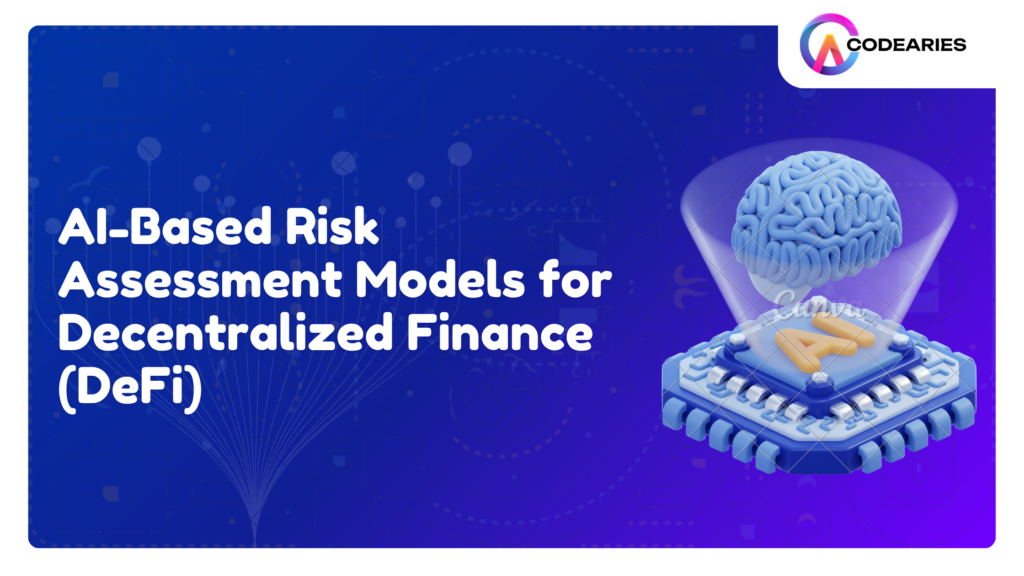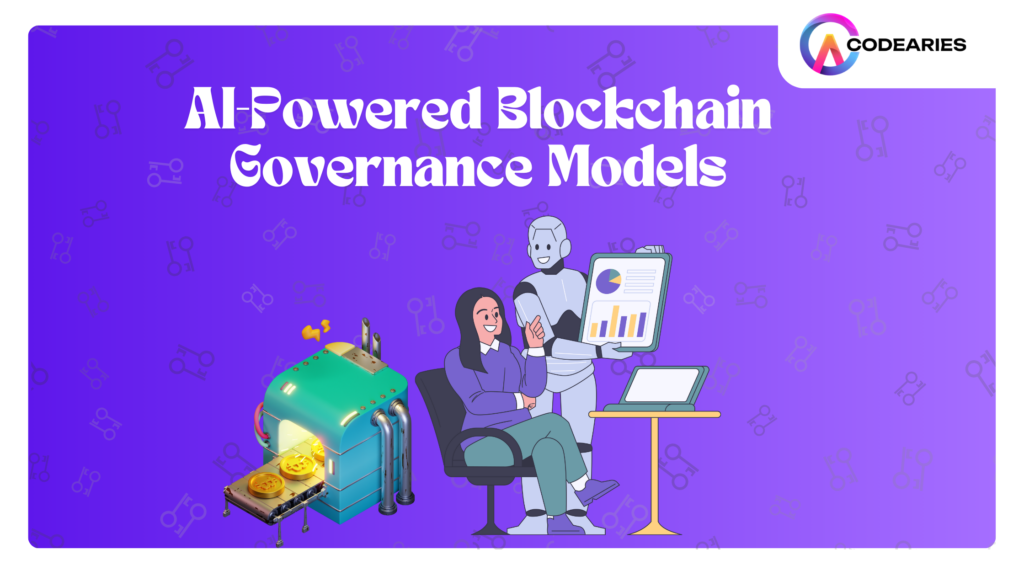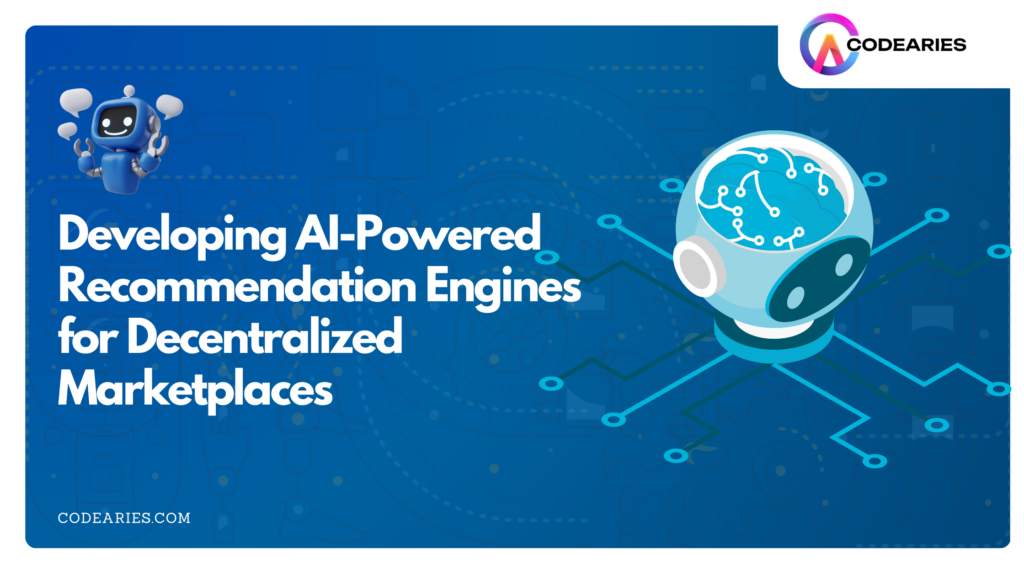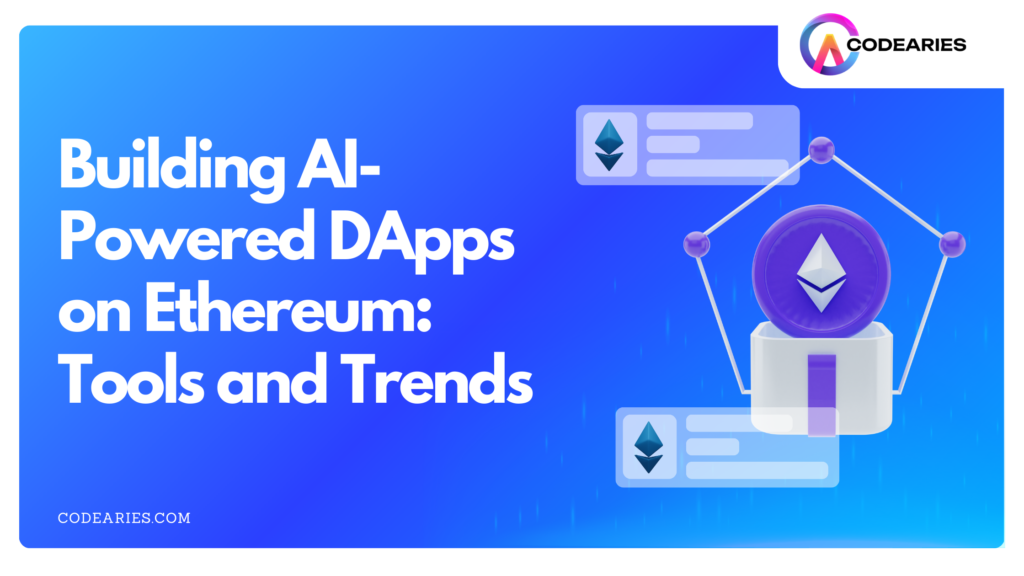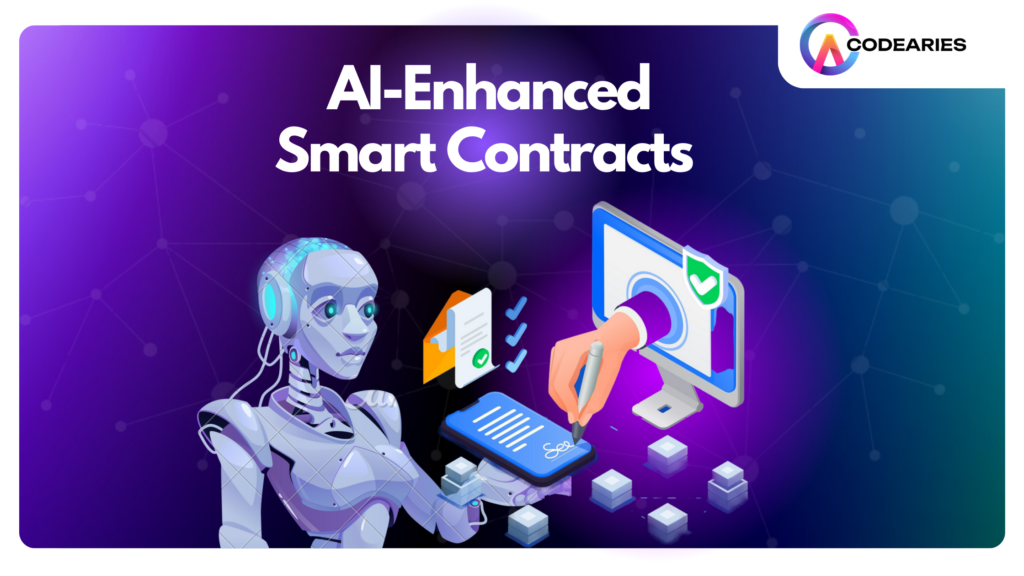AI-Based Risk Assessment Models for DeFi
Al’s decentralized finance (DeFi) continues to disrupt traditional financial systems, managing risk effectively has become paramount. DeFi’s promise of a more transparent and democratized financial ecosystem comes with challenges, including vulnerability to fraud, liquidity crises, and smart contract failures. Artificial intelligence (AI) is becoming essential for safeguarding DeFi platforms. It offers advanced models for real-time risk assessment. AI adapts to new threats and enhances the security and reliability of decentralized financial services. In this article, we explore how AI-based risk assessment models are transforming the management of risks in decentralized finance. DeFi and Its Unique Risk Landscape Decentralized Finance (DeFi) is rapidly evolving within the cryptocurrency space. It aims to transform traditional financial systems using blockchain technology. DeFi eliminates the need for intermediaries. Unlike traditional financial services, which rely on banks, DeFi lets users engage directly with financial services. This includes lending, borrowing, trading, and earning interest through smart contracts on a blockchain. Defining Features of DeFi Decentralization: DeFi platforms operate on blockchain networks, ensuring that no single entity controls the system. This decentralization mitigates risks related to centralized points of failure and reduces the potential for censorship. Transparency: Every transaction on a DeFi platform is recorded on a public blockchain, offering a high level of transparency. Accessibility: DeFi services are available to anyone with internet access and a cryptocurrency wallet, making financial services more inclusive. Innovation: The DeFi ecosystem is a hub of innovation. Developers constantly push boundaries to find new applications for blockchain technology. Risks Associated with DeFi Smart Contract Risks: Despite being designed for security, smart contracts can contain bugs or vulnerabilities that may be exploited by attackers, leading to potential losses. Market Volatility: Given the cryptocurrency market’s inherent volatility, DeFi platforms are directly impacted by price fluctuations, which can result in substantial financial losses for participants. Regulatory Uncertainty: Operating outside of traditional regulatory frameworks, DeFi introduces legal uncertainties that, due to the lack of oversight, may expose users to risks. Counterparty Risk: In specific DeFi protocols, a counterparty may fail to fulfil its obligations, leading to potential financial losses for the other party involved. Scams and Phishing: Like any online activity, DeFi is susceptible to scams, including phishing attacks, where malicious actors attempt to deceive users into providing sensitive information or funds. AI’s Role in Addressing DeFi Challenges Artificial Intelligence (AI) is proving to be a transformative force in mitigating the risks associated with Decentralized Finance (DeFi). Its capacity for processing and analyzing large datasets at high speed offers significant advantages in enhancing the security, risk management, and overall robustness of the DeFi ecosystem.The AI Model Risk Management market is projected to grow from USD 5.7 billion in 2024 to USD 10.5 billion by 2029 at a compound annual growth rate (CAGR) of 12.9% during the forecast period period. Source Key Areas Where AI Can Make an Impact: Smart Contract Analysis Identifying Vulnerabilities: AI-powered tools can scrutinize smart contract code to detect potential weaknesses, such as reentrancy attacks, integer overflows, and gas optimization issues. Enhanced Code Verification: AI can utilize advanced verification methods to ensure smart contracts behave as intended, reducing the likelihood of bugs or malicious exploits. Fraud Detection and Mitigation: Pattern Recognition: AI can analyze transaction patterns to spot anomalies that may suggest fraudulent activity, such as irregular transaction spikes or the involvement of suspicious wallet addresses. Phishing Prevention: AI can proactively detect phishing schemes by evaluating the content of emails, URLs, and sender metadata to identify potential threats before they affect users. Risk Evaluation and Management: Creditworthiness Assessment: AI can evaluate a borrower’s reliability by analyzing diverse data sources, including past transactions, digital footprint, and publicly available information. Market Volatility Prediction: AI can assess market conditions and predict risks, enabling DeFi platforms to make data-driven decisions that mitigate exposure to volatile markets. Regulatory Compliance: Automating Compliance Processes: AI can streamline Know Your Customer (KYC) and Anti-Money Laundering (AML) protocols by automating identity verification and monitoring for suspicious activity. Regulatory Monitoring: AI can continuously monitor DeFi activities to ensure compliance with relevant laws and regulations, covering areas such as securities, derivatives, and consumer protection. Securing Oracles: Data Integrity Verification: AI can cross-check data provided by oracles to ensure accuracy and reliability, which is crucial for adequately functioning DeFi protocols. Preventing Sybil Attacks: AI can detect and prevent Sybil attacks, in which adversaries create multiple fake identities to manipulate Oracle data and disrupt the DeFi ecosystem. Optimizing Liquidity Pools: Enhancing Market Making: AI can fine-tune Automated Market Maker (AMM) algorithms to ensure efficient price discovery and optimal liquidity provision. Identifying Arbitrage Opportunities: AI can spot arbitrage possibilities and execute trades automatically to help maintain market stability and price equilibrium. Incorporating AI into DeFi can significantly bolster security measures, improve risk management strategies, and build greater user confidence. However, AI should be considered part of a broader security strategy rather than a standalone solution. Why AI is Essential for DeFi Risk Management Traditional risk assessment tools often need help to keep pace with the rapidly evolving DeFi landscape. However, AI is well-suited to address these challenges due to its ability to process vast amounts of data, learn from patterns, and quickly adapt to new information. AI models can predict and respond to potential threats in real-time, providing a much-needed layer of security in the DeFi ecosystem.In summary, AI enhances DeFi by: Strengthening Security: Through proactive detection of vulnerabilities and protection against various forms of attack. Boosting Efficiency: By optimizing liquidity management and automating essential processes. Ensuring Compliance: By facilitating automated adherence to regulatory standards. Mitigating Risks: Through comprehensive monitoring and proactive threat identification. As DeFi matures, the integration of AI will become increasingly vital. AI will play a central role in safeguarding the ecosystem and ensuring its sustainable growth. AI Strategies for DeFi Risk Management Artificial Intelligence (AI) is increasingly vital for managing risks in decentralized finance (DeFi). By leveraging advanced AI techniques, DeFi platforms can address the unique challenges of this evolving landscape. Here’s a summary of crucial AI strategies used in DeFi risk

